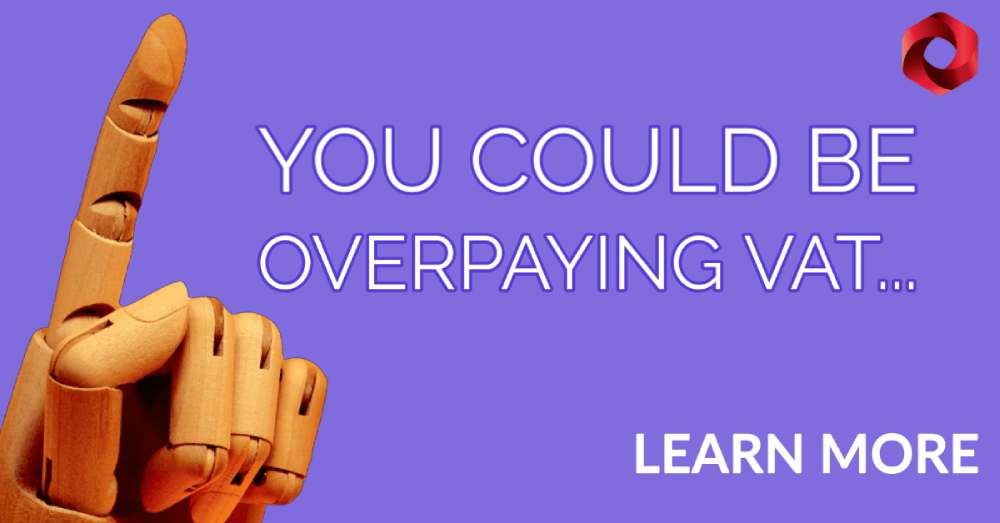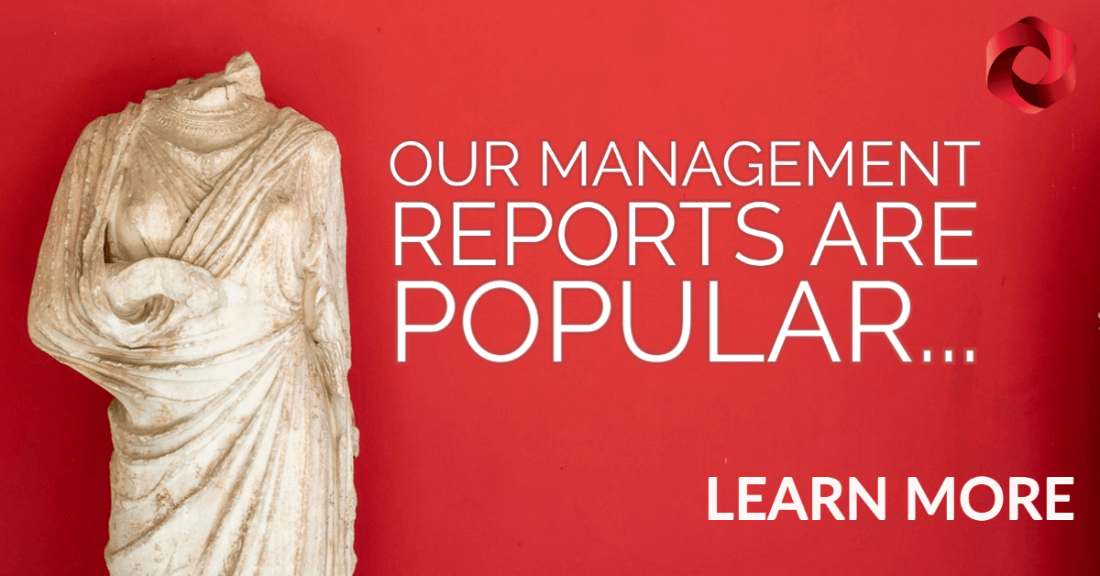Can I avoid paying capital gains tax on my investment property?
- July 2022
- 5 minutes
If you sell a buy-to-let property for more than you paid for it, you make a ‘capital gain,’ which may be taxed (CGT). However, in some cases, you may be able to lower the amount of CGT that you must pay.
Let’s take a look at how you can be affected, what types of BTL tax relief are available, and what steps you can take to reduce your CGT exposure.
 What is capital gains tax?
What is capital gains tax?
Capital gains tax (CGT) is charged on profits made when you sell or dispose of (e.g., give away or swap) an item whose value has increased. Some assets, including your primary residence, are tax-free. However, if the value of your rental property has increased since you purchased it, you may be required to pay CGT on a portion or all of the profit when you sell it.
 When do I have to pay capital gains tax on my buy-to-let investment?
When do I have to pay capital gains tax on my buy-to-let investment?
As the owner of a rental property, you stand to profit in two ways: through rental revenue and capital gain if the property’s value rises. Although you do not generally pay tax on the sale of your own dwelling, the laws for the sale of a rental property are different.
If you sold a buy-to-let property between April 6, 2020, and October 27, 2021, you have 30 days from the completion date to notify HMRC and make a payment. For sales performed after this date, payment must be made within 60 days. Failure to register the transaction and pay your tax on time will almost certainly result in a penalty fee and interest charges, so it’s critical to stay on top of this .
Payments are made via the Government Gateway. To access the system, you’ll need a user ID and password; if you don’t already have them, you can establish one when you report and pay. If you generally file a self-assessment tax return, you’ll also need to provide information about any capital gains you made at the conclusion of the tax year.
 What is the capital gains tax rate on buy-to-let property?
What is the capital gains tax rate on buy-to-let property?
The rate at which you pay CGT following the sale of a buy-to-let property depends on your taxable income. If you’re a basic rate taxpayer with an income of £50,000 or less, the rate is 18%. Higher rate taxpayers with an income of £50,001 or more pay 28%.
For example, if you bought a rental property ten years ago for £100,000 and sold it today for £150,000, your capital gain would be £50,000. Of this, £37,700 would be taxable (once your CGT allowance is deducted – see below). Assuming no other tax reliefs, your CGT bill on this transaction would be £6,786 (if you’re a basic-rate taxpayer) or £10,556 (if you’re a higher-rate taxpayer). The good news is that capital gains are tax separately from other income, so your income tax bracket for your other income will remain the same as it was.
 What are the buy-to-let capital gains tax reliefs?
What are the buy-to-let capital gains tax reliefs?
If you sell a property that you have previously rented out, you may be eligible for tax relief to decrease your CGT liability.
 Is my rental home eligible for Private Residence Relief?
Is my rental home eligible for Private Residence Relief?
Normally, you do not have to pay CGT on the sale of your primary house. Private Residence Relief (PRR) laws apply in this case (formerly known as Principal Private Residence Relief). If you are a landlord, PRR will also apply if the property you are selling was your exclusive or primary residence at some point. After all, it wouldn’t be fair if your house had been increasing in value for 20 years, then you rented it out for a year and had to pay CGT on the entire 21-year price gain. So you’ll obtain tax breaks for the years the property was your primary residence, as well as the nine months before the sale.
For example, if you purchased a property in January 2010 for £100,000 and sold it in January 2020 for £150,000, you would have made a £50,000 capital gain. However, it was your primary residence for the first five years (60 months), and you rented it out for the last five. According to PRR rules, you’d be entitled to relief for 69 months of the 120 months you owned the house – the first 60 months you lived there plus the final nine months before the sale. In this case, the relief would be £28,750, computed as (£50,000/120 months) x 69 months. So you’d only be taxed on the first £21,250 of your capital gain.
 Do I qualify for letting relief?
Do I qualify for letting relief?
Historically, letting relief permitted buy-to-let owners to decrease the amount of CGT they owed after selling a rented property by up to £40,000, as long as it had been their main residence at some stage. However, in April 2020, the laws changed, thereby removing this benefit for buy-to-let landlords. You must have lived in the property at the same time as your tenant to qualify currently (s). Landlords who are still affected by this would normally be eligible for reimbursement under PRR regulations.
 Are there any deductions available on buy-to-let CGT?
Are there any deductions available on buy-to-let CGT?
You have an annual CGT personal allowance, just like you have an annual income personal allowance. This CGT allowance is known as the yearly exempt amount, and it is presently worth £12,300. For example, if you made a single capital gain of £20,000 in a year by selling a rental property, only £7,700 of that gain would be taxable because the remainder would be covered by your personal allowance.
Specific costs can also be deducted from any gain. These include:
- Estate agents’ and solicitors’ fees
- Stamp duty paid when the property was purchased
- Surveying and valuation costs
- Costs linked to improvement work – e.g. an extension.
Using the £20,000 capital gain scenario above, suppose you spent £10,000 on a tiny expansion. Your total gain after deductions would be £10,000. You would no longer be required to pay CGT because the complete gain would be covered by your personal allowance.
 Are there any buy-to-let CGT exemptions available?
Are there any buy-to-let CGT exemptions available?
Many recent changes to the rules and regulations governing the buy-to-let market and buy-to-let mortgages have come at the expense of landlords. Because CGT only applies to individual sales of residential properties, more buy-to-let landlords are forming limited companies to manage their portfolios and reduce their tax liability. Profits produced from the sale of real estate through a limited company are taxed at a rate of 19%, which is significantly more appealing to investors than the higher rate of CGT at 28%.
Tina, for example, is a buy-to-let landlord who generates a £50,000 profit when she sells a property. She is a higher-rate taxpayer who is not entitled for PRR and has exhausted her personal allowance. Tina might face a CGT cost of up to £14,000 in this circumstance. If she sold the same property through a limited company, her corporation tax obligation would be limited to a maximum of £9,500.
 Can I shift my primary residence in order to lower buy-to-let CGT?
Can I shift my primary residence in order to lower buy-to-let CGT?
You may have contemplated changing your primary address to minimise CGT on buy-to-let property. If you expect one of your buy-to-let homes to be vacant for an extended length of time, this is one option to reduce any potential CGT cost. There is no limit to the number of times you can flip your stated primary house, but you must do so within two years of your combination of homes changing.
Nominating a new main residence is a widely used practice to reduce exposure to CGT, but you should consult with your accountant before attempting this. The property must genuinely be your main home, and you’ll need to be able to prove it. Bills, bank statements and evidence of your name being on the electoral register could all be required. It’s also crucial to ensure there are no contradictions, e.g. having a different address linked to your self-assessment tax account. It’s also important to remember that married couples and civil partners are only allowed to nominate one main residence between them. Failure to get this right could result in your actions being treated as tax evasion and incurring stiff penalties.
 So can I avoid capital gains tax on my buy-to-let property?
So can I avoid capital gains tax on my buy-to-let property?
When you buy to let, you frequently find yourself paying more CGT than is necessary. A qualified accountant or financial consultant can assist you in identifying potential ways to lower your bill while remaining within the law. Because this is not an exhaustive guide, you should not try any of the steps mentioned here unless your professional counsel advises you to.
















